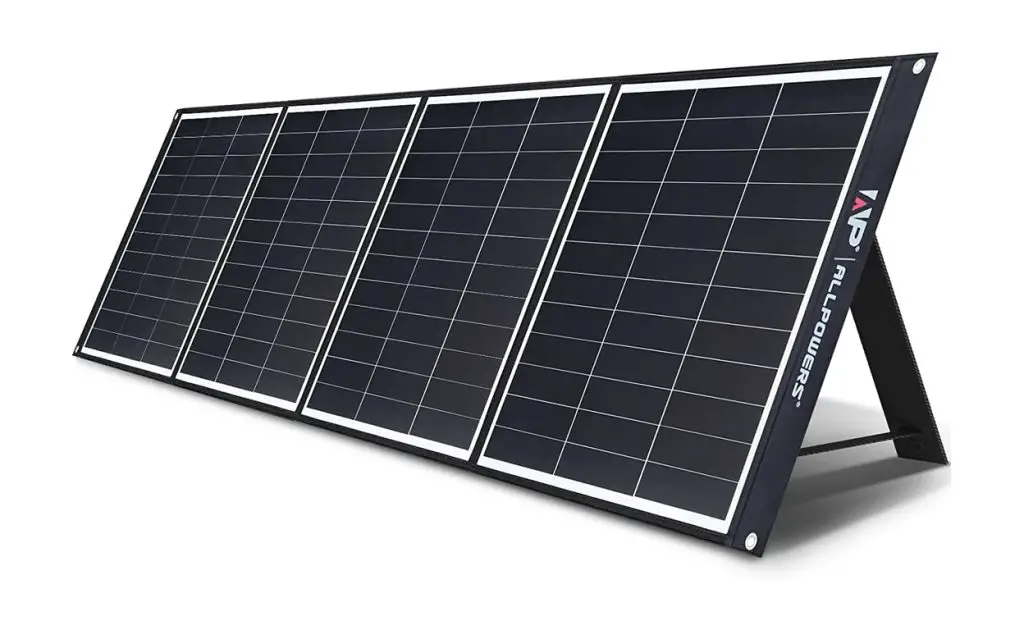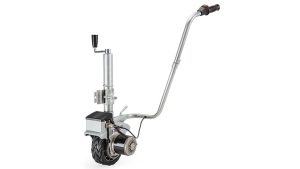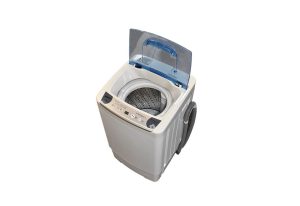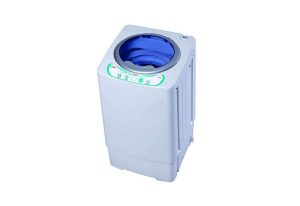Solar energy has gained significant popularity in recent years, offering a sustainable and renewable alternative to traditional power sources. When it comes to camping, using solar panels provides an excellent solution for harnessing energy while enjoying the great outdoors.
In this article, we will explore the various aspects of using camping solar panels, including their benefits, selecting the right panels, setting up, maximizing efficiency, and practical tips to make the most of solar power during your outdoor adventures.
Benefits of Using Solar Panels for Camping
Using solar panels for camping brings numerous advantages that make it a compelling choice for outdoor enthusiasts. Firstly, solar energy is clean and renewable, reducing reliance on fossil fuels and minimising environmental impact. It allows campers to power their equipment, such as lights, fans, phones, and cameras, without the need for traditional power sources. Solar panels also offer independence, especially when camping in remote locations, as they can provide a consistent and reliable source of energy. Additionally, using solar power saves money on energy costs and eliminates the need to carry and dispose of batteries regularly.
Choosing the Right Solar Panel for Camping
When selecting solar panels for camping, several factors need to be considered to ensure optimal performance and suitability for outdoor use. Portable and lightweight designs are crucial, as they facilitate easy transportation and setup. Look for foldable or rollable portable solar panels that occupy minimal space in your camping gear. Power output and capacity are equally important, as they determine the amount of energy the panels can generate. Consider the wattage and the battery capacity of the solar panels to ensure they meet your camping energy needs. Compatibility with camping equipment, such as battery chargers and inverters, is also essential to ensure seamless integration with your existing gear.
Setting Up Solar Panels for Camping
Properly setting up your solar panels is key to maximizing their effectiveness during camping trips. Selecting a suitable location is the first step. Look for an area that receives ample sunlight throughout the day, free from obstructions like trees or tall structures. Mount the panels securely, either on the ground or on a suitable surface like a rooftop or car roof. Position the panels at an optimal angle to capture maximum sunlight, usually facing south in the northern hemisphere or north in the southern hemisphere. Once mounted, connect the solar panels to your camping gear using compatible cables and connectors
Maximizing Solar Power Efficiency
To ensure you get the most out of your solar panels when camping, it’s essential to maximize their efficiency. Here are some tips to help you achieve this:
Tilt and Angle Adjustment
Adjusting the tilt and angle of your solar panels according to the sun’s position can significantly enhance their performance. Tilt the panels towards the sun to optimize sunlight absorption. During the day, adjust the angle periodically to track the sun’s movement for maximum exposure. This adjustment helps increase energy production and improves the overall efficiency of your solar setup.
Cleaning and Maintenance
Regular cleaning and maintenance of your solar panels are vital to ensure optimal functioning. Keep the panels free from dust, dirt, leaves, and other debris that may accumulate over time. Clean them gently using a soft cloth or sponge and mild soapy water. Inspect the panels for any damage and replace or repair any broken parts. By maintaining cleanliness and addressing maintenance issues promptly, you can maintain the efficiency and longevity of your solar panels.
Battery Storage and Management
If you’re using solar panels to charge batteries for camping gear, proper battery storage and management are crucial. Invest in high-quality rechargeable batteries and use a reliable battery management system. Ensure the batteries are compatible with your solar setup and follow the manufacturer’s instructions for charging and storage. By properly managing your batteries, you can optimize energy storage and utilize the power efficiently when needed.
Tips for Solar-Powered Camping
To make the most of solar-powered camping, consider the following tips:
Planning Ahead and Assessing Energy Needs
Before your camping trip, plan and assess your energy needs carefully. Consider the duration of your trip, the number of devices you’ll be using, and their power requirements. This evaluation will help you determine the appropriate size and capacity of solar panels you’ll need. It’s always better to have slightly more power available than to fall short during your trip.
Optimizing Energy Consumption
Efficient energy consumption is crucial when camping with solar panels. Use energy-efficient camping gear and appliances to minimize power usage. Switch off devices when not in use, and avoid leaving lights or other electronics on unnecessarily. Being mindful of your energy consumption allows you to stretch the power generated by your solar panels and make it last longer.
Being Mindful of Environmental Impact
While solar-powered camping is environmentally friendly, it’s essential to be mindful of your overall impact on the environment. Follow Leave No Trace principles by properly disposing of waste, minimizing noise pollution, and respecting wildlife and natural habitats. Remember that solar panels are a sustainable energy solution, and using them responsibly aligns with the ethos of eco-friendly camping.
Conclusion
Solar panels provide an excellent solution for powering your camping adventures while embracing renewable energy. By carefully selecting the right panels, setting them up correctly, maximizing efficiency, and following practical tips, you can enjoy a reliable and sustainable power source during your outdoor trips. Solar-powered camping not only offers convenience but also allows you to contribute to a greener and more sustainable future.







